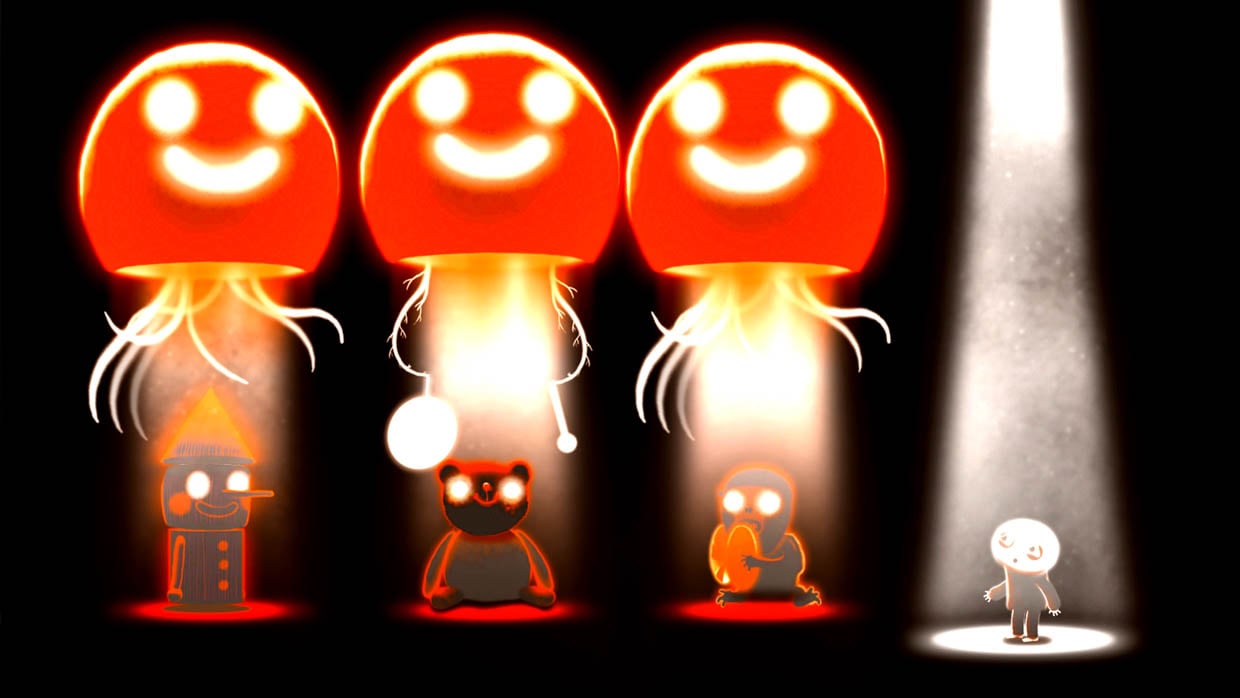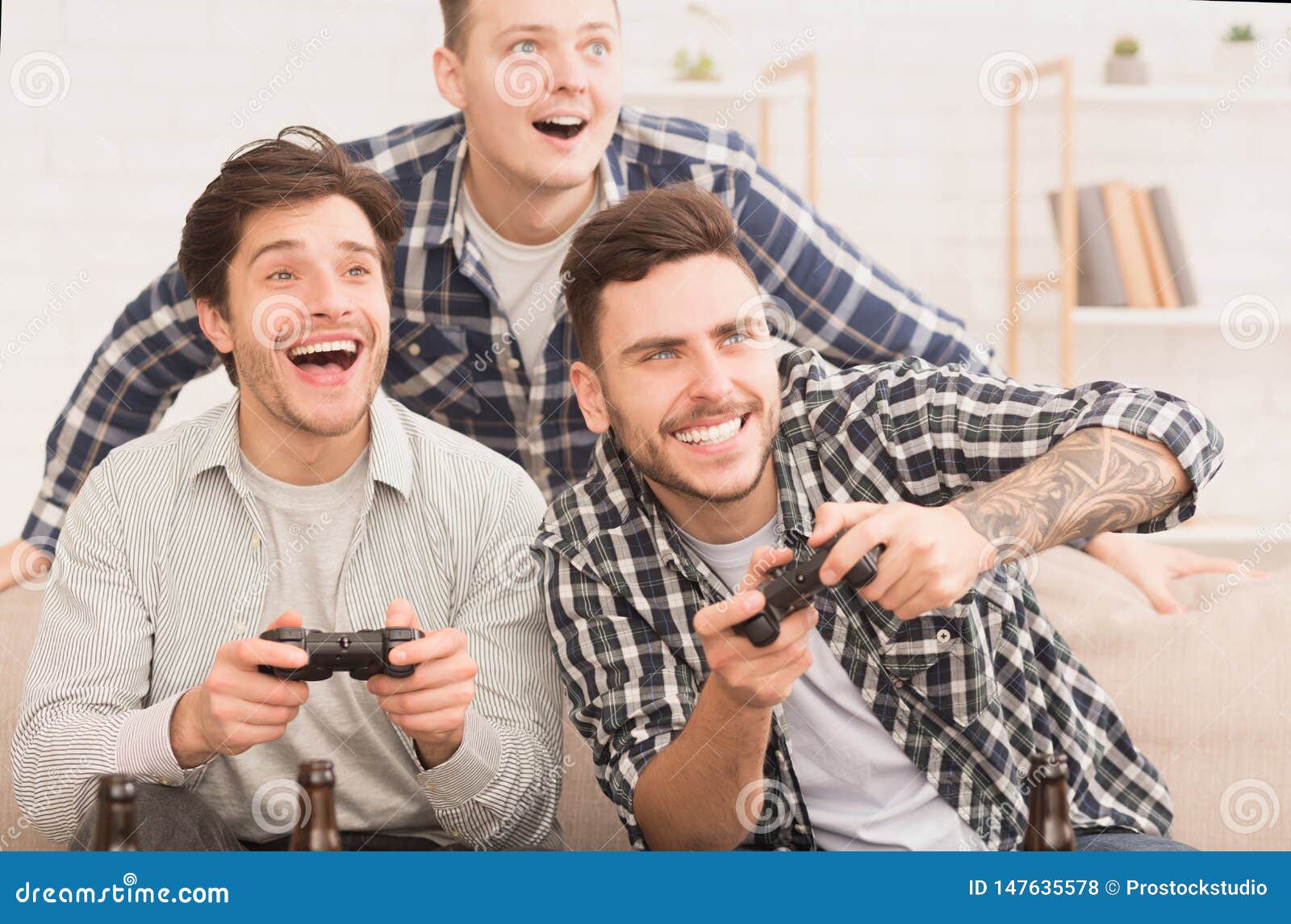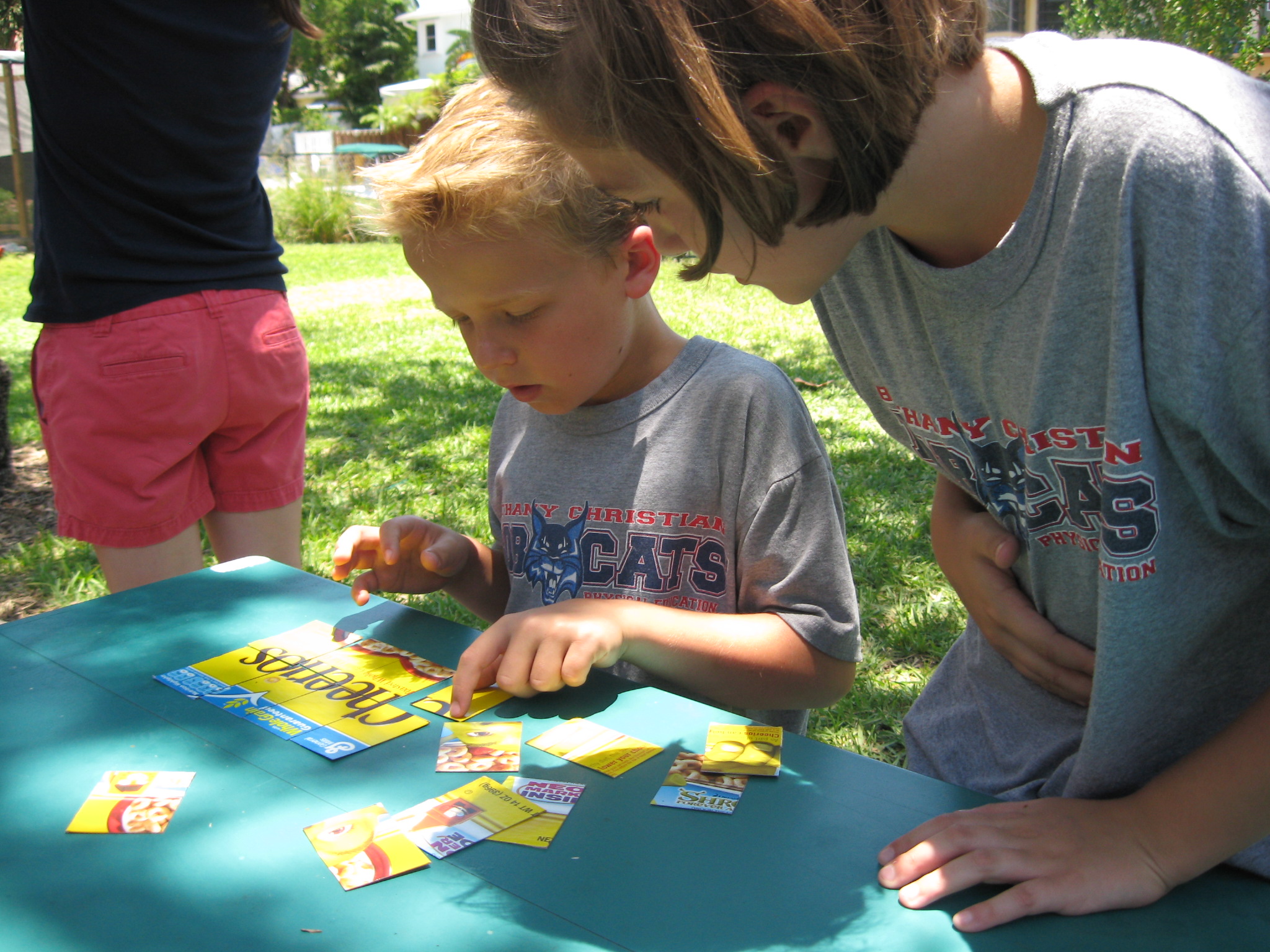

Plachý: It probably doesn’t sound very professional, but even the puzzle design was extremely intuitive and, well, quite relaxed. How did you design puzzles that felt like they fit into this unsettling world? Anyway, I just like to design a characters and play with them, and the background or setting comes as secondary. I’ve heard some people say that Happy Game is kind of like CHUCHEL, but inside out, and I agree there’s something to it. From that point of view, my previous game CHUCHEL was like that too, although the backgrounds were even more minimalistic. The backgrounds in Happy Game are sort of vague or indeterminate – it’s either complete darkness only penetrated by a few rays of light, a monotonous meadow, or a ridiculous number of smiley faces. The thing I enjoy the most is drawing – drawing characters, to be specific. Plachý: To be honest, the monsters and creatures are probably my favorite part of the job, and they’re what makes the game. Happy Game features many unsettling creatures. You could say the art style was like an anchor to us, and everything else revolved around it. Anyway, it’s what David Šemík (the programmer) and I used as a source material for designing the gameplay, looking for ways to in which we could use my creepy creations in the actual game.

Surprisingly enough, he liked it and helped me find a programmer who would take over the technical side of things.Īnd so, I continued drawing more and more creepy pictures, most of which didn’t even make it into the game. Pictures I also used to animate a "fake trailer" that I would later show to the studio director, Jakub Dvorský. I felt like creating something bizarre and disturbing, and the result of that was a plenty of pictures. To put it simply, the style has been there since the very first concept drawings.

Plachý: My entire workflow is based on intuition, and the visual style is what determined the rest of the game. What challenges did you face in creating an art style that captured a sense of horror, but was also kind of cute in a macabre way? In balancing between something endearing and something unsettling? Happy Game is sort of like an amalgamation of things that I’ve “absorbed” during my life, either consciously or unconsciously. I was trying to absorb the feeling and atmosphere of these works, and Lovecraft’s works, watched Twin Peaks, and enjoyed all sorts of things that might be a little over-the-top – things that utilize fear in atypical or even absurd ways.

So, the impulse to make a game like Happy Game came from a toxic amount of humor combined with a little bit of hopelessness.ĭuring that time, I had a phase during which I exposed myself to all sorts of creepy, weird things, and spent a lot of time drawing things in the style of Happy Game. Life is not just cheerful things, after all. After two years of working on my previous game, CHUCHEL, which is like a very cheerful, funny interactive cartoon, I needed to take a break from that and work on something different. It was my reaction to an overabundance of humor. Plachý: The main motivation to make a horror game didn’t come from, for example, feeling the fear of being alone in the dark or having dreams about evil demons. What interested you in looking at disturbing things with this style? Game Developer: Happy Game explores horrifying nightmares through a cute (ish?) lens. Game Developer spoke with Jaromír Plachý (the game’s writer) and Jan Kratochvíl (of Freakfolk band DVA) about the developer's monster drawings and how they would fuel the design of the game, how Twin Peaks’ Black Lodge scenes would inspire its sound design, and what interested them in choosing a name so far from the content of the game.


 0 kommentar(er)
0 kommentar(er)
